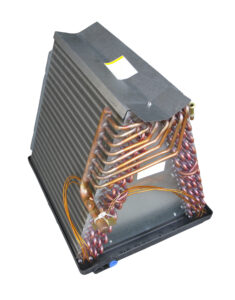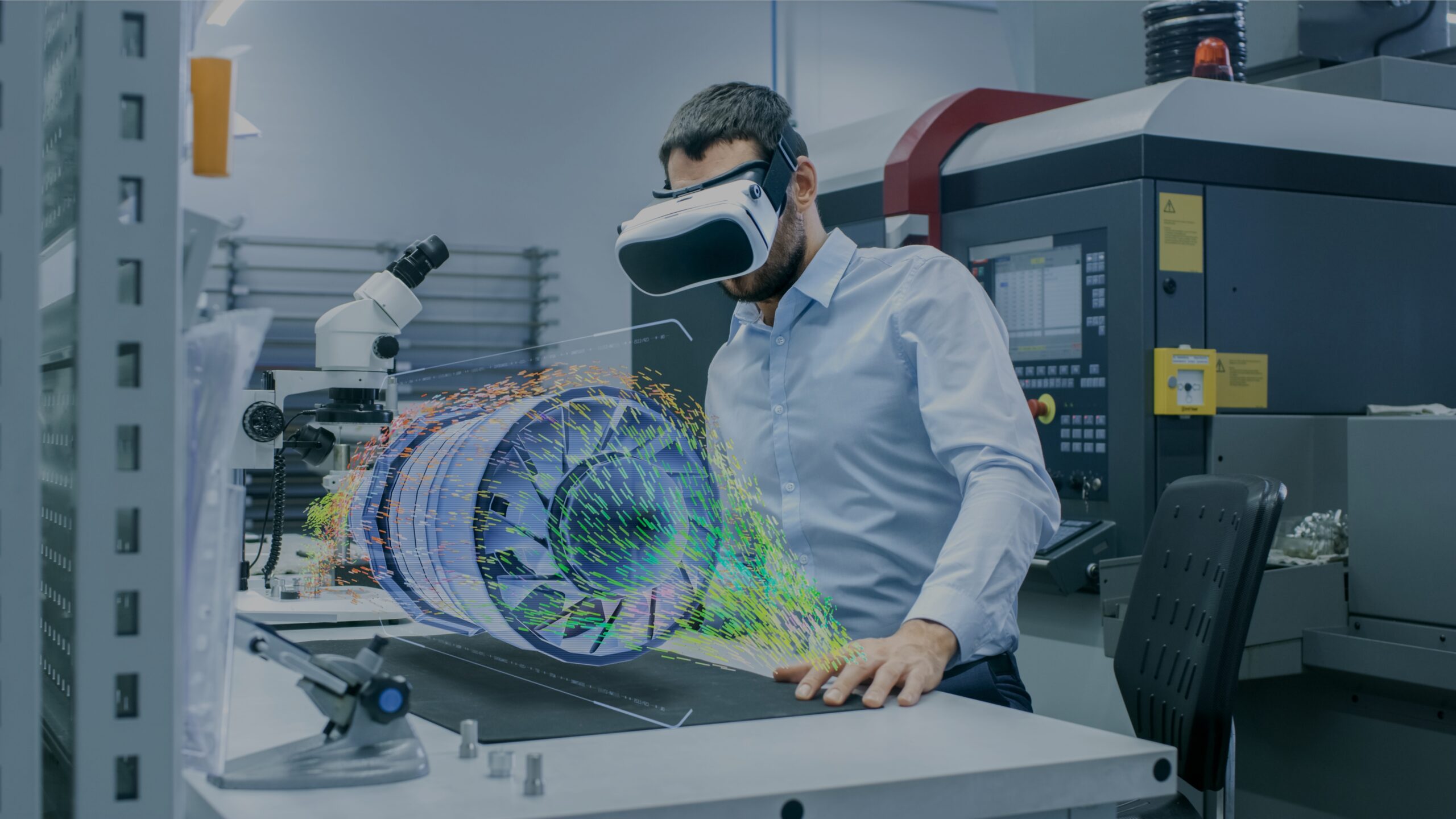By Charlie Wood, Director of Application Engineering and Design, Fast Radius
Though it may seem obvious, well-planned design is as important to the manufacturing process as any step of the process itself. This idea is known as Design for Manufacturing (DFM), and it’s the key to more streamlined production. But aside from offering the opportunity for operational adjustments, optimized material selection, and cost savings, the design phase offers many ways to drastically reduce energy waste.
Most manufacturers are aware that a handful of simple design decisions can greatly elevate energy efficiency, particularly in certain sectors such as aerospace, transportation, utilities, and energy. From lightweighting to modular design, there are a range of ways to optimize efficiency later on in the manufacturing process — but one of the easiest and most effective ways is via streamlined fluid mixing systems.
How efficient fluid mixing facilitates efficiency
Modern industrial processing and manufacturing almost always involve at least one form of mixing. Mixing involves the manipulation of a heterogeneous system in order to make it more homogeneous, which can facilitate easier heat or mass transfer. For example, an air conditioning system that mixes fluid before it enters the heat exchanger results in a more even distribution of heat, and thus greater efficiency.
However, most contemporary air conditioning systems mix fluids in a chamber that’s
approximately three feet long, making fluid mixing impractical for most residential air conditioning systems.
On the other hand, if a part can be designed for the mixing that’s much more compact than the parts currently in use, fluid mixing could be leveraged in more settings — thereby optimizing energy efficiency in far more applications. In short, as these systems become more compact, they’re able to be used more often and in more applications.
Unfortunately, more compact parts also tend to demand greater complexity, which requires more involved and expensive manufacturing processes. Additionally, due to the complexity of the designs and the fluid mechanics involved, engineers typically rely on experimental testing set-ups to validate their performance.
On-demand manufacturing allows rapid prototyping and testing, all but eliminating many of the risks associated with creating complex designs — and enabling the production of energy-saving parts and products.

A more energy-efficient future for manufacturing
Simple design adjustments such as optimizing fluid mixing systems — combined with the larger industry trends of using less material and investing in new, more environmentally-friendly materials— paint a larger picture of growing eco-consciousness in the manufacturing sector. As smaller, more complex parts increasingly become an expectation in product design and manufacturing, on-demand manufacturing will be an indispensable capability — and choosing the right on-demand manufacturing partner will be absolutely essential.
Fast Radius is a leading on-demand manufacturing partner that works closely with customers through every step of the manufacturing process — from ideation and prototyping to manufacturing and fulfillment — to help product teams create superior energy-efficient solutions quickly and affordably.
If you’d like to learn more about how you can create a more efficient and environmentally-friendly manufacturing process, contact us today. You can also visit our resource center to learn more about the range of services we offer.
